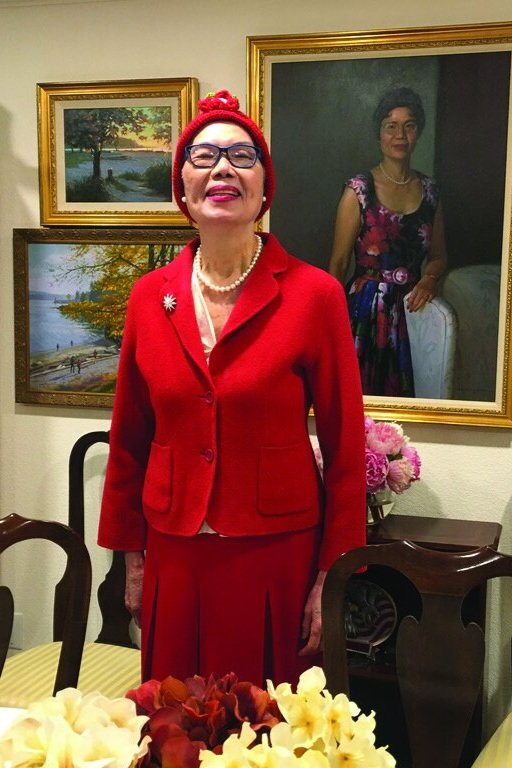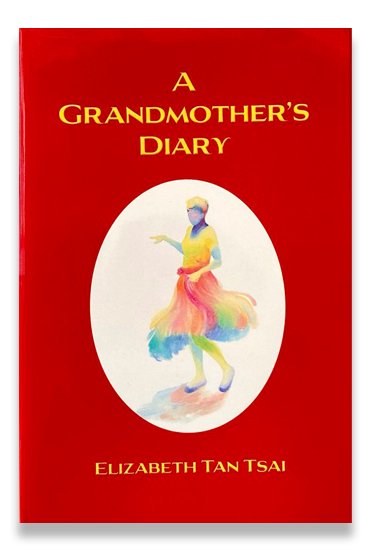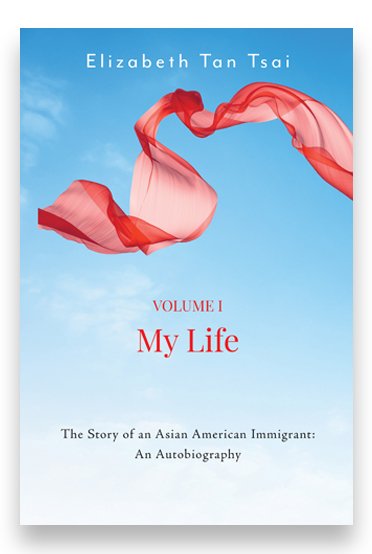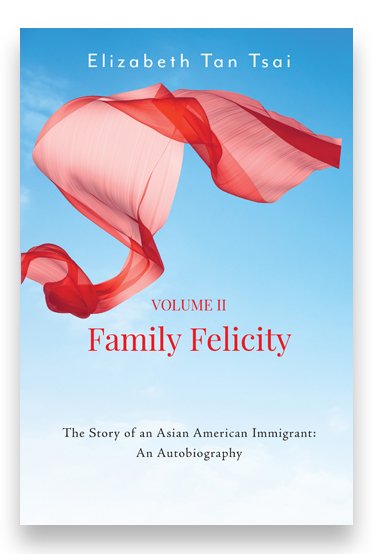Adam Lutynski published Founding Mothers: Greenwood Methodist Church, Greenwood, South Carolina, 1858 with Modern Memoirs at the end of 2022. In Lutynski’s words, the book was an “unvarnished draft, a work interrupted,” written by his late wife, Joyce Bowden, who passed away unexpectedly in June 2022. Bowden had published a previous book, her maternal grandfather’s genealogy entitled Four Connor Generations in South Carolina, 1790–1920, with Modern Memoirs in 2014. We asked Lutynski to reflect on what the publication process was like for him, and what it has meant to share Bowden’s books with others.
Joyce Bowden
1. As the title states, your wife’s recent book is about the eight women founders of the Greenwood Methodist Church in Greenwood, South Carolina in 1858. In it she wrote, “This book presents a different picture of a Methodist church than the customary one in which male itinerant and local preachers built the church. It shows that women had an entirely different view of the mission of the church. To them, the central question was, ‘What does faith mean for parents, husbands and children?’” Besides the fact that some of Joyce’s ancestors were members of the Greenwood church, what do you think it was about this project that resonated so strongly with Joyce that she was motivated to research each founder’s life so extensively?
Adam Lutynski: As many of us do, Joyce kept her own counsel on many issues. She staunchly supported women’s causes, but rarely wore a supporter badge. During 2020, the 100th anniversary year of women’s suffrage, Joyce read many of the histories of the movement and internalized the intellectual and physical grit demonstrated by the movement’s leaders. She believed she would discover similar qualities among the eight Founding Mothers as they challenged the Methodist hierarchy in establishing Greenwood Methodist Church.
2. In your foreword you acknowledge that Joyce faced some challenges in her research. What can you share about those obstacles and how she grappled with them?
Adam Lutynski: Joyce made numerous requests to the Methodist Church for documentary materials related to the interactions of the Founding Mothers and the church hierarchy about the establishment of Greenwood Methodist Church. She received no response. Joyce interpreted that as dismissive, unworthy of consideration. After Joyce’s death, a surrogate of some stature volunteered to request the materials. Her request also was ignored. Without those materials there is no factual story of the church’s founding. Joyce found no diaries, no ongoing reports in contemporaneous journalism. Joyce could not even find one single image of any one of the Founding Mothers. The records, if any, are in private hands and there is no mechanism for obtaining them. A private individual or institution need not respond or justify the lack of response. The only possible defense I can offer for the church’s conduct is the profound distraction caused by internal turmoil over the issues of same-sex marriage and the status of members of the LGBTQ community within the church.
3. In your foreword, you also say that Joyce’s wish would be either for other researchers to pick up the project and make new factual discoveries, or “to see an imaginative writer, having the highest regard for the indisputable historical facts, tell the enriched story” of how the eight women achieved their goal. Joyce was such a meticulous genealogist—conducting exhaustive research, analyzing evidence, citing all sources—what makes you feel she would like to have the story of the founders told by, say, a historical novelist? Did she ever share this vision with you? Was she a reader of historical fiction?
Adam Lutynski: Joyce and I never discussed her extensive research as a foundation for a work of historical fiction. I would not and could not presume to unilaterally invite authors to move in that direction. I contacted a small group of Joyce’s women friends (including both of Joyce’s research assistants) to ask how they thought Joyce would react to the Founding Mothers story ending as a work of historical fiction. To a woman, they concurred that Joyce would welcome a work of historical fiction because she believed so strongly in having the Founding Mothers’ story told.
4. How did Joyce’s experience publishing her first book with Modern Memoirs influence your decision to publish with us again for the second?
Adam Lutynski: As was often the case, Joyce was many steps ahead of me. She already had a retainer in place with Modern Memoirs for her work on this book. I learned of that only when I notified Megan and Ali of Joyce’s death, and they encouraged me to publish Joyce’s unfinished manuscript as a means of preserving her research and allowing me to share it with others. I’m simply following in Joyce’s footsteps while learning in my many contacts with Megan and Ali what a talented, creative, and insightful team they have assembled.
5. Who are the readers you hope to reach, and how do you plan to distribute the book?
Adam Lutynski: If I may put a slight spin on your question, I hope to interest writers, not readers. The book is not yet ready for readers. It is a draft. It has many rough edges. It needs editing and re-work. My fondest hope is that Joyce’s enthusiasm for this story will spread to one or more creative writers who will then present an enriched story to the audience it deserves. Many copies of the book will go to the archive that accepts Joyce’s research materials. I will also be sending individual copies to graduate schools with creative writing programs and to graduate schools of theology and religious studies. I will also distribute copies to established authors of historical fiction with a request to refer it to a fledgling writer who might work with it.














